
More films are probably watched in the current era than at any other time in movie history – the majority on TV screens, computers, tablets and even mobile phones.
But to experience the splendour of cinema on the big screen there are only two places in Hackney: the Rio on Kingsland High Street and Hackney Picturehouse on Mare Street.
This wasn’t always the case. Over 60 cinemas have existed at one time or another within Hackney, and although all 60 were never in operation at the same time, there were around 30 cinemas operating in the golden years between 1920 and 1950. It is difficult to imagine stepping out onto Kingsland Road or Mare Street on a Saturday night and having 30 cinemas from which to choose!
Many of the Hackney cinemas opened during a flurry of entrepreneurial activity just before the First World War. There were extraordinary profits to be made; it was like a gold rush and numerous speculators and opportunists were all trying to get in on the cinema act. Film historian Luke McKernan called it “a phase of greedy speculation in cinema building”, with 52 cinemas established in Hackney in seven years, between 1907 and 1914.
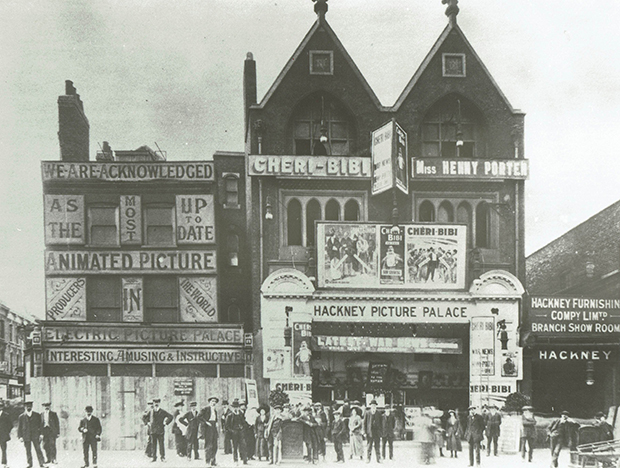
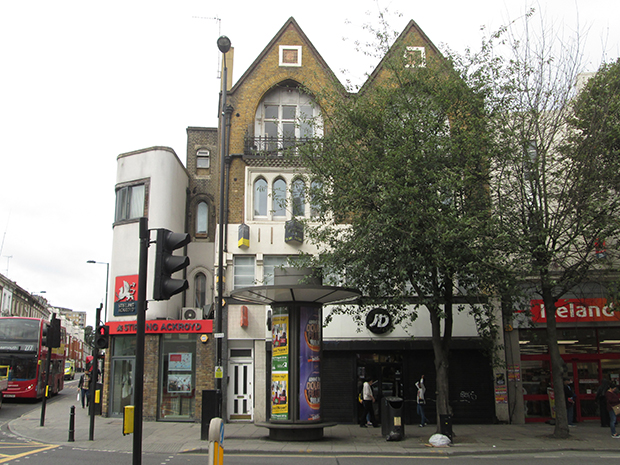


Some were converted shops, chapels, churches and skating rinks, whilst others were struggling theatres and music halls eager to boost audiences cash in on the phenomenon of moving pictures by installing screens and projectors. Still more were new, purpose-built cinemas. Although some closed down after a few years (their owners seemingly took the money and run), there was another flurry of cinema activity in the 1930s, when six luxurious ‘super’ cinemas were opened, with elegant art deco architecture and lavish interiors.
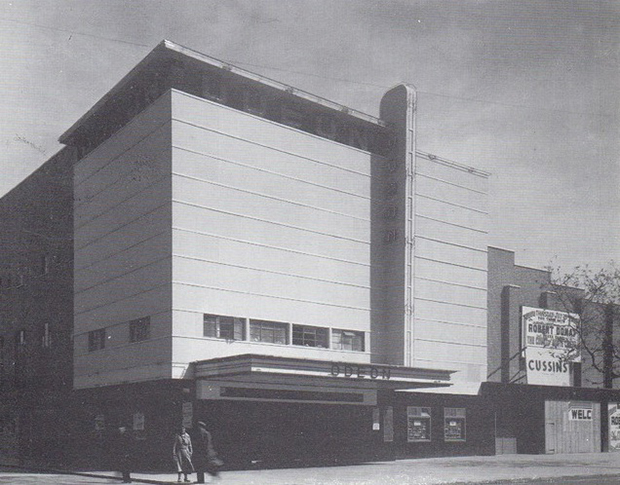
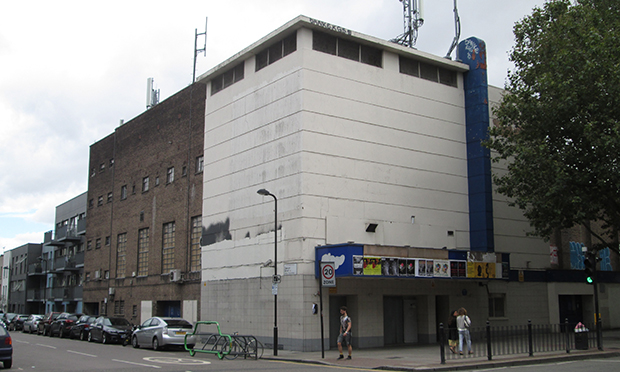


These were the Regent (later renamed the Odeon) in Stamford Hill, the Regal (later the ABC) on Mare Street, the Savoy on Stoke Newington Road (later also an ABC), the Odeon on Hackney Road, the Ritz (again renamed the ABC) in Stamford Hill and finally the Odeon Dalston, along Kingsland Road, close to Dalston Junction. With gigantic interiors and massive screens, Hackney cinemagoers could wallow in the dark in warmth and comfort as the films unspooled.
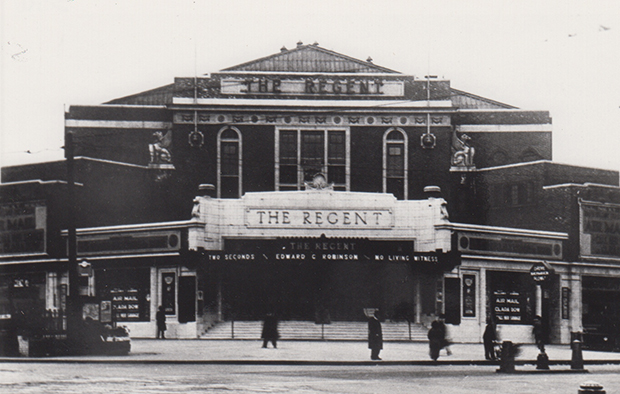

It is generally thought that the decline in cinema attendance in the 1950s was the result of the boom in television (the birth in fact of electronic home entertainment), but this is only part of the story.
Bombing during the Second World War had destroyed over a million buildings in London, and left 1.2 million Londoners homeless. As families moved to new towns such as Stevenage, Harlow, Hatfield and Basildon, communities broke up and traditional work and leisure patterns eroded. Cinema-going and many other pursuits were abandoned or displaced. By 1970 there were just nine cinemas in Hackney and by 1980 only three remained. When I left the Rio in 1989, it was down to one: the Rio was the only cinema still operating in the borough. But again leisure patterns have changed, and that number has now doubled.
Today there are campaigns and plans to restore both the Clapton Cinematograph Theatre (the Kenning Hall cinema) and the Castle in Brooksbys Walk. If successful, an additional two cinema venues in the borough will mean that the opportunities for Hackney residents to see films on the big screen will have doubled yet again!
The accompanying pictures show some of Hackney’s glorious cinemas; how they once looked, and how the sites look now. If you have any memories of cinemas and cinema-going in Hackney, leave a message in the comments below.
This article is based on a talk given to the Friends of Hackney Archives on 7 September 2016.
Photo credits: Hackney Archives, Cinema Theatres Association, Cinema Treasures
For further information about the Clapton Cinematograph Theatre campaign, visit saveourcinema.org/ and for the Castle Cinema see kickstarter.com/projects/pillowcinema/revive-the-castle-cinema







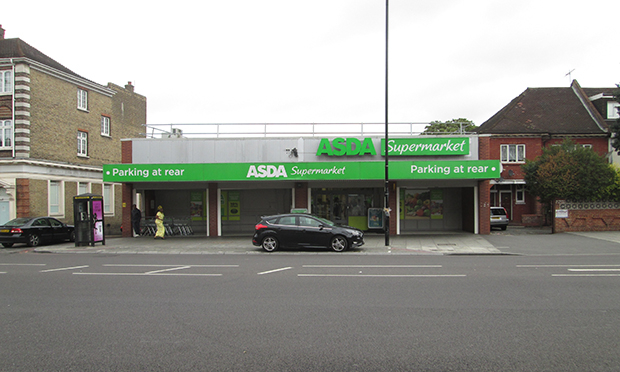

it is a sad day to watch these beautuful picture house die off or be turned in mosics all this movie history disappearing people should care about this!
It is very sad, a little imagination could have put them to other uses instead of demolishing them. I grew up in Dalston and it breaks my heart to see what has happened there.
Just been to the Rio in Darlston……wonderful experience….. Shame the circle wasn’t open!!
The Stamford Hill Cinema was the A B C Super. I was a monitor there and a safety Marshal at the Regent for Sat Morning Pics. Alternated the two. 1952 – 1955. Super then became 1st uk bowling alley.
i loved Saturday morning at the Regent and movies ate the Super.
I was so sorry to see them go as these were a great part of my childhood.
Jeff
It’s like we are loosing all our history so very sad
I miss the Standard Cinema, on Goldsmiths Row E2. It was a magnificent cinema in its day.
It became a bingo venue for a number of years and finally became a Snooker Hall.
By the millennium it was a dump and way beyond any type of restoration. Here is a link, which give a greater insight to its Heyday.
Sorry unable to place the link, but if you type “Standard Super Cinema” into the Google search, it will appear.
This is super cinema became bowling ally after wards.it had room for 1700 people in movie stage I lived at number 132 Clapton common
About 7 doors to the right
The ABC/Savoy on Stoke Newington Road has been restored back to a theatre and music venue called eartH.
https://earthackney.co.uk/about
What about the Astra on Stoke Newington High St that be came the Mosque?
And the Vortex fringe cinema? on Stoke Newington High St… I remember seeing, quite high up, letters running vertical, down the side of the building…
What about the Vogue Cinema in Stoke Newington High Street?
The piece about long-lost Hackney cinemas brought bacon many nostalgic memories for me when I lived in the borough between 1950 and 1970.
I remember all the ‘picture house’ to which you refer. But at least one is not recalled – the Ambassador in Stoke Newington.
I was once taken to see an X-rated film there with my mum and dad. But because I was only about 10 at the time and my parents had no-one to eave me with, I had to go along with them. My dad managed to smuggle me under his lonely raincoat and, once inside in the dark, I got my first taste of buxom women and lascivious males.
The Kenninghall at 229 Lower Clapton Road was opened in 1910, just as Captain Scott set off for his ill-feted Antarctic expedition, taking with him the latest technological innovation the Kinematograph film camera. That is why the original name for what was one of the first purpose-built cinemas in London was the Clapton Cinematograph Theatre.
Within 18 months of the cinema’s opening, shocked audiences watched events unfolding on the screen following the sinking of the world’s largest passenger liner the Titanic and a fundraising event for the families of Titanic victims was held in the cinema.
After providing entertainment for local people for seven decades, the little Edwardian picture palace closed in 1979. Since then it has functioned as a music club before being acquired by its present owners who have left the building empty and neglected since 2011.